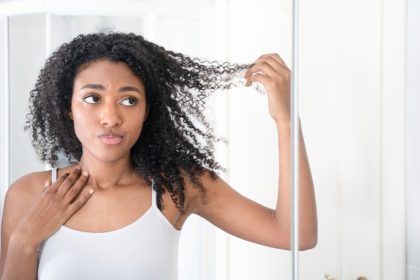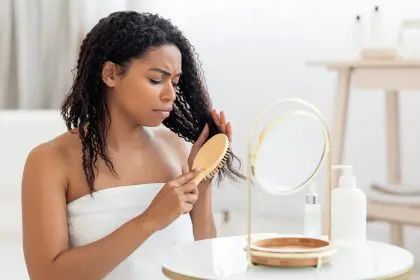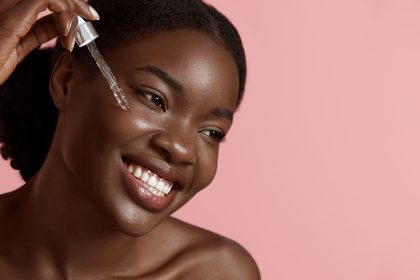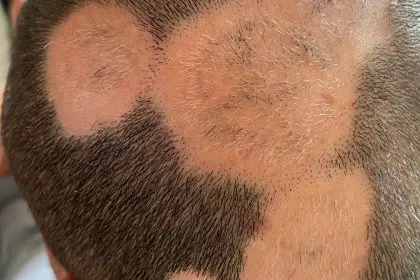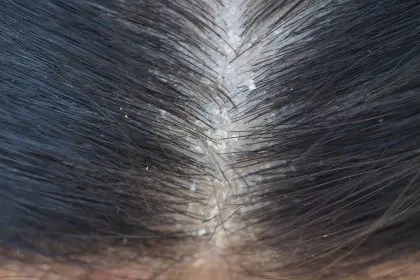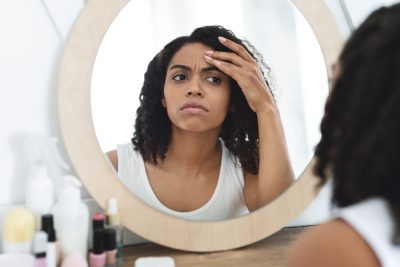The decision to color your hair marks an exciting opportunity for transformation, but success requires more than simply choosing an attractive shade. Understanding the science behind hair coloring, potential risks, and proper maintenance helps ensure satisfying results while maintaining hair health.
The impact of lightening versus darkening
Hair color transformation involves complex chemical processes that affect your hair’s structure differently depending on whether you’re going lighter or darker. Lightening hair requires removing existing color molecules, potentially causing significant damage to the hair shaft. This process, called oxidation, opens the hair cuticle and breaks down natural pigments.
Darkening hair, conversely, involves depositing color molecules onto the hair shaft. This gentler process typically causes less damage since it doesn’t require stripping away existing pigments. Understanding these differences helps inform color choices that balance desired results with hair health.
Different types of hair color products
Hair coloring products come in several formulations, each serving different purposes and offering varying degrees of permanence. Temporary colors provide quick transformation through surface-level pigment application, washing out within a few shampoos. These products work well for experimentation or special occasions.
Semi-permanent dyes penetrate slightly deeper, lasting through several washes while gradually fading. These formulations can’t lighten hair but offer excellent options for darkening or enhancing existing color. Permanent hair color creates lasting change through chemical processes that alter hair structure, requiring significant commitment and proper maintenance.
Reality versus box expectations
The image on hair color packaging rarely matches exact results due to numerous variables affecting final color outcome. Natural hair color, previous treatments, porosity, and overall hair health significantly impact results. Professional colorists understand these variables and can predict outcomes more accurately than box color guidelines.
Understanding that results may vary helps set realistic expectations and prevents disappointment. Additionally, performing strand tests before full application provides crucial information about how your specific hair will react to the chosen color.
The importance of allergy testing
Hair dye allergies can cause serious reactions ranging from mild irritation to severe medical emergencies. Performing a patch test 48 hours before any color application proves essential for safety. Apply a small amount of the mixed color solution behind your ear or on your inner elbow, watching for any adverse reactions.
Common signs of allergic reactions include redness, itching, burning, or swelling. If you experience any of these symptoms during the patch test, avoid using the product and consult a dermatologist for alternative options.
Professional consultation benefits
Professional colorists bring extensive knowledge about color theory, hair chemistry, and individualized recommendations based on skin tone, eye color, and lifestyle factors. Their expertise helps prevent common mistakes while achieving desired results safely.
Consulting professionals proves particularly important when making dramatic color changes or addressing complicated color corrections. Their understanding of proper technique and product selection often prevents costly mistakes and potential hair damage.
Color maintenance essentials
Maintaining colored hair requires specific products designed to preserve color molecules while protecting hair health. Color-protecting shampoos and conditioners contain ingredients that seal the hair cuticle, preventing premature color fade and maintaining vibrancy.
Regular deep conditioning treatments help combat potential dryness or damage from the coloring process. Using cool water for washing and limiting heat styling also helps extend color life while maintaining hair health.
Understanding hair health prerequisites
Healthy hair accepts and maintains color better than damaged hair. Assessment of your hair’s current condition helps determine whether it can withstand desired color processes. Addressing existing damage through appropriate treatments before coloring improves results and minimizes further damage.
Timing considerations for color services
Proper timing between color services helps maintain hair health and color vibrancy. Understanding recommended intervals between treatments prevents overlapping processes that could cause excessive damage. Different color services require different waiting periods for optimal results.
Environmental factors affecting color
External factors like sun exposure, chlorine, and hard water can significantly impact hair color longevity. Understanding these influences helps develop appropriate protection strategies and maintenance routines that preserve color integrity.
Cost considerations and maintenance
Initial coloring costs represent only part of the total investment. Understanding ongoing maintenance requirements, including touch-ups, specialized products, and potential corrective services, helps budget appropriately for long-term color maintenance.
Making informed decisions
Successful hair coloring requires balancing desired aesthetic outcomes with hair health considerations. Understanding fundamental principles, potential risks, and maintenance requirements helps create realistic expectations while achieving satisfying results.


